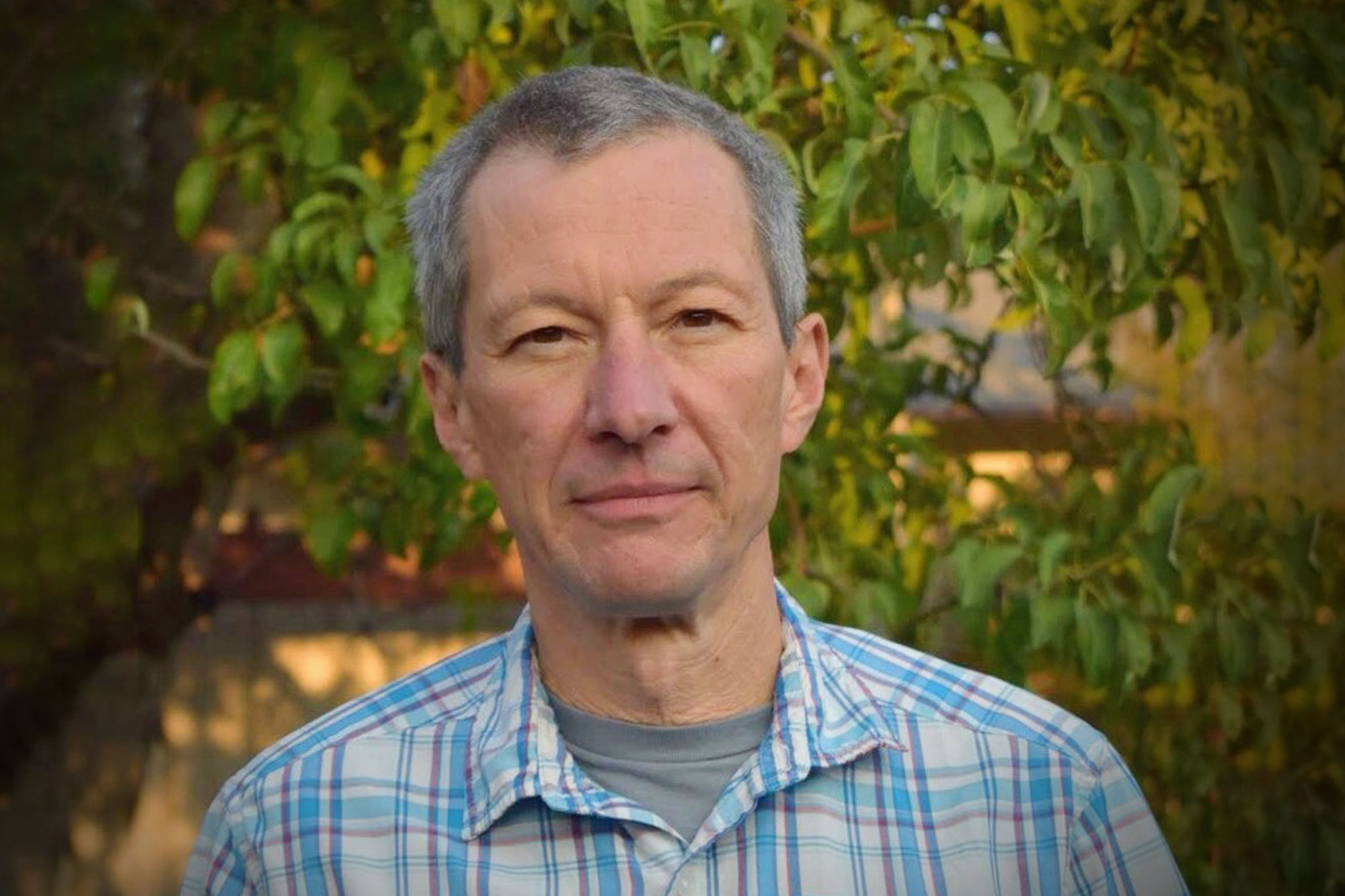
Oleg Starykh, professor of physics and astronomy, has been recognized as an Outstanding Referee by the editors of the American Physical Society’s (APS) Physical Review Journals.
The Outstanding Referee program was instituted in 2008 to recognize scientists who have been exceptionally helpful in assessing manuscripts for publication in the APS journals. Referees help keep the standards of the journals at a high level and, in many cases, also help authors improve the quality and readability of their articles—even those that are not published by APS.

The highly selective Outstanding Referee program annually recognizes about 150 of the roughly 82,000 currently active referees. Like Fellowship in the APS, this is a lifetime award. In this year, 2022, 146 Outstanding Referees were selected. Physical Review editors select the honorees based on the quality, number, and timeliness of their reports, without regard for membership in the APS, country of origin, or field of research.
“I am very pleased, and, frankly, surprised, to receive this award,” said Starykh. “Refereeing often feels as a thankless activity in that it takes a lot of time and energy for free. It is, at the same time, a highly needed activity because physics is a collective enterprise in which we all need to work to uphold research standards so that the field remains meaningful, interesting, and productive. It is therefore great to know that my modest efforts are useful and are appreciated by the community.”
In 2020, Starykh was elected a fellow of the American Physical Society for his exceptional contributions to the physics enterprise in physics research, important applications of physics, leadership in or service to physics, or significant contributions to physics education.
His own research focuses on quantum magnetism and deals with magnetic properties of numerous materials and theoretical models inspired by them. The primary goal of his research is to understand the quantum dynamics of microscopic magnetic moments, known as spins, which are present in essentially every material around us. The practical side of this research, known as spintronics, seeks to create and control quantum motion of spins with the goal of replacing basic electron current based devices with spintronics, in which spin currents will be used to transport quantum information encoded in quantum spin-based qubits.
Starykh joined the University of Utah in 2004 as an associate professor and was promoted to professor in 2012.
